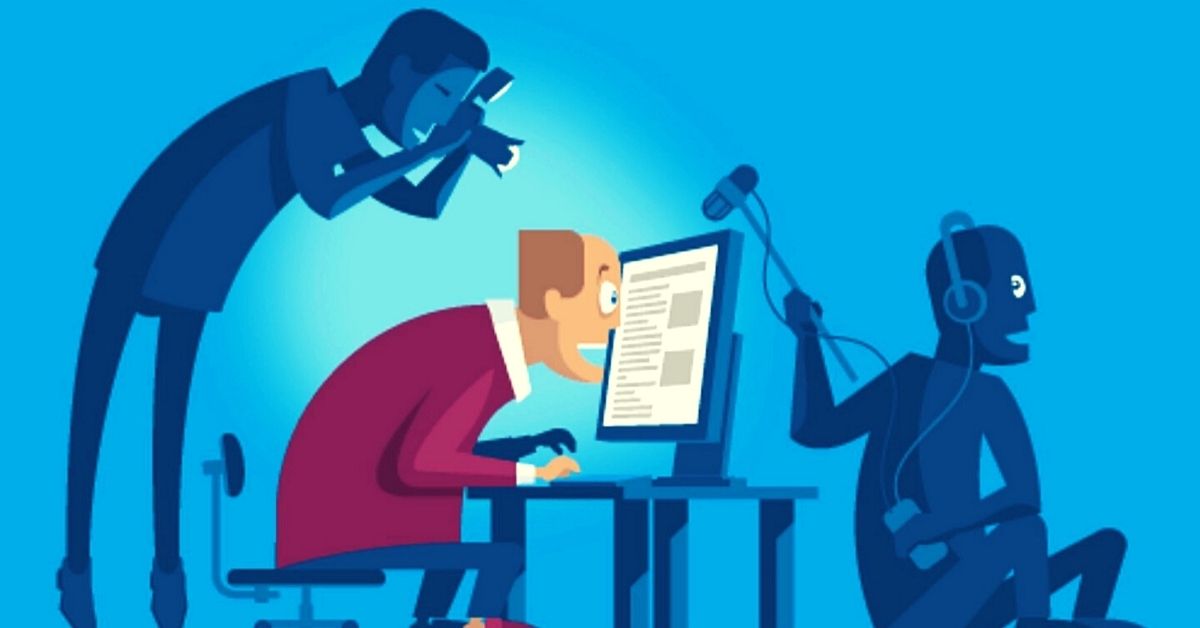Bob Iger has a Jewish origin by birth, but he was born in the city of New York, in the year 1951. He is an established businessman in America, he was the former CEO of The Walt Disney Company, from 2005 to 2020, he was the CEO at a stretch, and has achieved a lot, in his career one of the biggest achievements is acquiring Pixar. Before this, he was the president of ABC Television between 1994 and 1995 and was working as a COO for ABC from 1995 until it was acquired by Disney in the year 1996. In the year 2000, Bob Iger was declared the president and COO at Disney, and also succeeded the former CEO, Michael Eisner from the year 2005. During these 15 years of being the CEO of Disney, he expanded the intellectual properties of the organization, in the international markets, and also increased Continue reading
Human Resource Case Studies
Case Study of Jack Welch: Leadership that Creates Innovation
When Jack Welch became CEO of General Electric in 1981, he was only the 11th CEO the company had seen in its 120 years of existence. Although GE was a $13 billion a year company, it began showing signs of necessary change as it had reached the stage between maturity and decline. After 20 years at the helm, Jack Welch had turned General Electric (GE) into one of the world’s most successful companies. Welch increased GE’s market value from $13 billion to over $300 billion in 2001. He guided the once struggling company to what was then the biggest corporation in the entire world as well as the most profitable. Through the use of goal setting, empowerment, and communication Welch transformed the gigantic and complacent company into an energized multi-national organization ready to face world competition. Through an analysis of the techniques employed by Welch, one can gain a better Continue reading
Case Study: Google’s Recruitment and Selection Process
Google Inc., the world’s largest and most popular search engine company, is also one of the most sought after companies in the world. Due to the popularity of the company caused by its highly attractive compensation and benefits packages for its employees, millions of job applications are constantly received by Google on an annual basis. While other companies envy Google for attracting and acquiring such highly-talented and highly-skilled individuals from all over the world, the company finds it as a serious cause of dilemma. When Google Inc. topped the ranks for the most popular companies in the world, it could no longer contain the number of applications it receives from thousands of job hunters from all over the globe. And since the company aims to hire only the best employees that fit the organizational culture and standards of Google, the company started thinking of ways to better improve its recruitment Continue reading
Case Study: Disney’s Cultural Lessons From Tokyo and Paris
Disney is a worldwide famous cartoon company that was set up by Walter Disney in 1923 in the United States. It has built up the first theme park in California in 1953, which named “Dream World”, it was a big success for the company. Then in Florida, Paris, Tokyo, Hongkong and other places, Disney theme parks have been set up and welcomed by both the young and the adult. So far, it has about 60-year experience of operating multi-nationally. Although Disneyland is not the pioneer of theme parks, Disney creates a lot of colorful animation and cartoon figures which appeal to a lot of people to come and enjoy their lives in the theme parks. According to this, Disney especially Disneyland acquires much more success in the commercial world, for visitors brought great wealth and spread its culture abroad to every corner of this modern world. Successful Cross-cultural Management of Continue reading
Case Study: Human Resource Management at BMW
BMW (Bayerische Motoren Werke in German, or Bavarian Motor Works in English) is basically a German company with vast experience in the field of cars and was introduced in 1916. This company spends more money on its human inputs to add value and also its complex contribution of human resources creates its competitive advantage. BMW’s specialized staff which are able to offer superior quality of product and services in the market with the customer experience. Human resources plays important role in the BMW even in the time of recession as they have invest on the human inputs. But this depends on the financial condition and capabilities of the market as they had invested in training development and recruitment of the new management teams in their organisation. Earlier BMW was not giving importance to its customer services and its staff only focusing on its products and places for its expansion but Continue reading
Case Study: Why Walmart Failed in Germany?
Wal-Mart, the mega-retailer, was founded by Sam Walton in 1962 in Bentonville, Arkansas. It started with $700,000 in its first year and scaled up to $5.4 million by 1974. The retailer continues to grow while others struggled with inflation and recessions. In 1980, Wal-Mart became the youngest US retailer to exceed $1 billion in net sales. During the 1980s, Wal-Mart began to further expand and thus pushing some retailers to closing some of their regional stores. The company engaged in diversification by creating membership-stores such as Sam’s Club, smaller, more conventional pharmacy/grocery stores called Neighborhood Markets, and finally Supercenters with a wide selection of consumer goods. And, in 1991, Wal-Mart became the world’s largest retailer. Wal-Mart had been able to implement its Every Day Low Price strategy by focusing on 1) developing a sophisticated logistics system with heavy information technology investments, 2) efficient distribution system by placing retail stores close Continue reading




